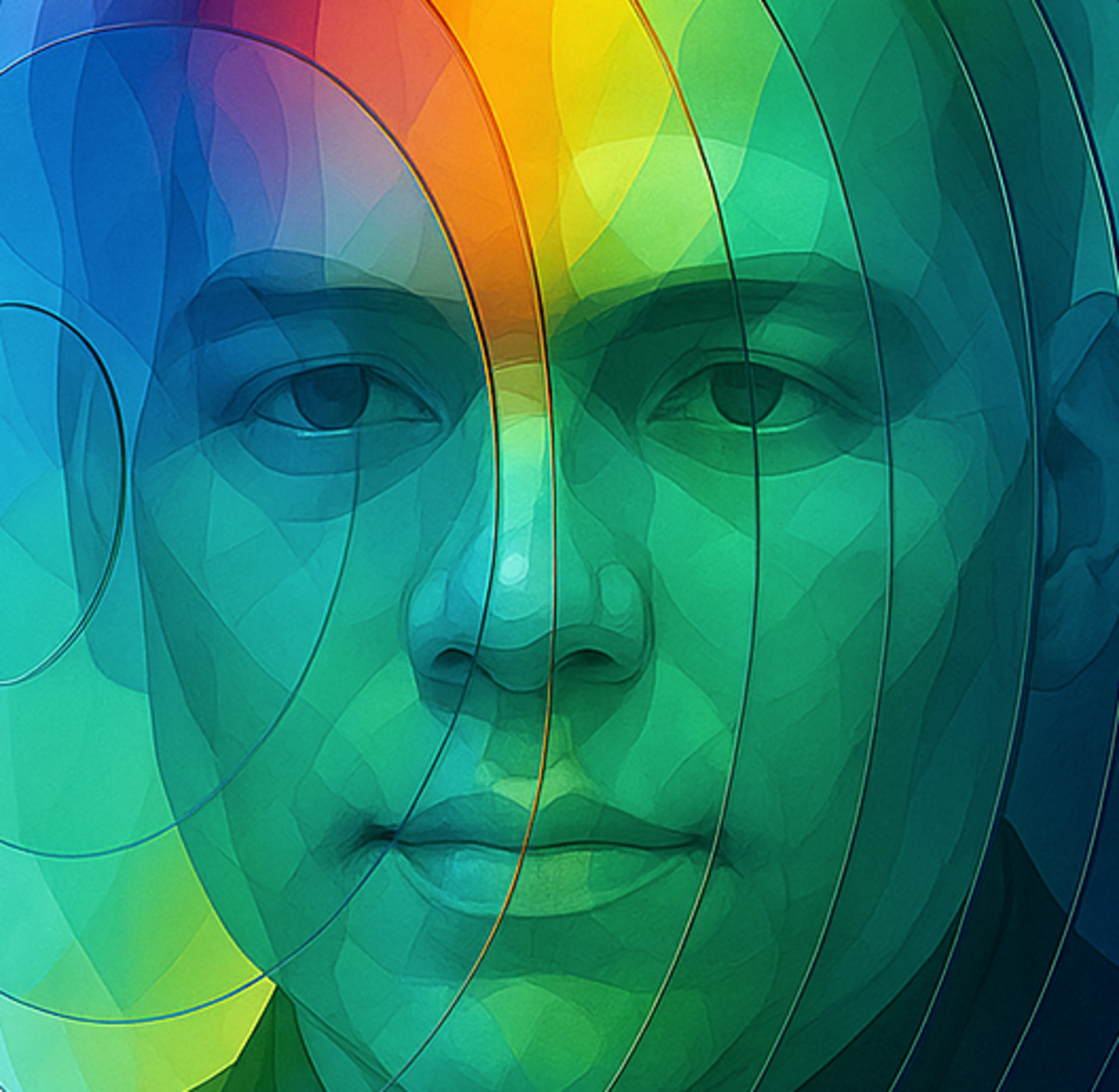- Pascal's Chatbot Q&As
- Archive
- Page 61
Archive
GPT-4.5: IP attorneys can argue that any copyrighted content used without permission fundamentally enhances an AI model’s operational performance.
GPT-4.5: If a particular dataset demonstrably enhances model capabilities in specific domains, its unauthorized use becomes legally actionable.

Grok: These articles paint DOGE as a dual menace: a data goldmine for AI supremacy and an unaccountable bureaucratic juggernaut. The surprising overlap of Musk’s corporate and governmental roles...
...the controversial potential for AI-driven societal control and the valuable exposure of government data’s unmatched power make this a critical issue for privacy, democracy and technological ethics.

GPT-4.5: Meta was prepared to store user data, including data from Hong Kong users, on servers located within China, potentially facilitating easier access by the Chinese government for surveillance.
Meta censored the account of Chinese dissident Guo Wengui in response to pressure from a Chinese regulator, highlighting Meta's willingness to restrict political dissent.

GPT-4o: The use of AI for social media vetting, intelligence analysis, and ideological content filtering normalizes mass surveillance and digital profiling. AI-driven policies could lead to...
...an era of automated authoritarianism, where machine learning systems dictate who gets included or excluded in society, who is considered a security threat and which ideologies are allowed to thrive

One employee described GSAi as "about as good as an intern," delivering "generic and guessable answers." This suggests it may not yet be a robust tool, potentially leading to underwhelming results...
...or reliance on human oversight. Grok: "My take: it’s a cautiously positive development with significant caveats—promising in intent but shaky in execution so far."

GPT-4o: Wikipedia (Ex-)Founder Larry Sanger’s calls for Elon Musk to defend free speech and transparency in relation to Wikipedia editing are either highly naive or intentionally misleading.
At minimum, Sanger neglects or obscures the inherent contradictions of Musk’s complex relationships with government power and entities commonly associated with the Deep State.

Overall, X users in this context predominantly view Musk negatively regarding Nazi symbolism allegations, with a strong consensus among critics that he’s either intentionally signaling extremism...
...or irresponsibly flirting with it. The salute and AfD support are the most cited flashpoints, reinforced by far-right enthusiasm.

Asking AI: Trump, Musk, DOGE + Palantir, Anduril, Booz Hamilton = Deep State? Grok: The (MAGA) movement’s tolerance for such contradictions suggests broad support will persist.
Grok: If Trump and Musk spin DOGE’s NASA presence as a triumph over bureaucracy, most supporters will likely embrace it, downplaying Deep State connotations.

GPT-4o: This initiative is revolutionary for universities, impacting how students learn, how researchers make discoveries, and how institutions manage vast amounts of information.
OpenAI’s collaboration with universities is bridging gaps in knowledge access, healthcare innovation, and AI fluency for the future workforce.

Grok: The reuse of this ID across Musk’s personal projects and a federal government website (doge.gov) raises questions about the separation between his private ventures and public responsibilities.
Grok: This aligns with broader criticisms of Musk’s dual roles, as seen in posts on X about DOGE targeting agencies regulating his companies (e.g., FAA, SEC).

GPT-4o: Only 10% of companies have "very advanced" AI maturity. Given AI’s rapid adoption, a higher number was expected. Only 49% of companies measure AI ROI.
Larger companies ($1B+) are the least likely to have an AI council. While expected to be leaders, many still lack AI governance structures.












